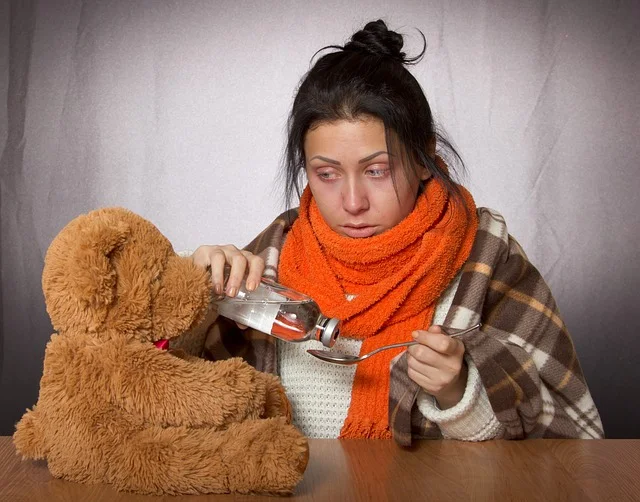Prevent Colds and Flu While Flying
You’re far more likely to catch a cold or the flu when you fly than when you don’t. There are plenty of reasons for this, including the fact that you’re packed in close quarters with people that are likely to be carrying some viral strain that your immune system hasn’t encountered since air travel breaks down the geographic boundaries that used to quarantine viral outbreaks naturally.
One study reported in the Journal of Environmental Health Research found that your likelihood of contracting a cold during air travel maybe 100 times the risk you’d have if stayed home. The study found that at least 1 in 5 travelers on flights from Los Angeles to Denver reported catching colds within 5 to 7 days of air travel.
My own family’s experience bears this out. I’d guess that at least one and usually all four of us have come down with either a cold or some other respiratory crap on one leg or the other of round-trip air travel at least half of the times that we’ve flown. The fact that the product Airborne has reached sales of $100 million a year is proof enough that most of us don’t need a study to know that air travel is often followed by sickness. Whether Airborne actually works is another matter altogether.
Even Airborne’s makers admit that there is no cure for a cold or the flu. That means that your best defense is not to get one in the first place, which can be tricky when you’re flying. Here are a few important tips:
First, be aware that there are some notoriously dirty surfaces in commercial airliners. They include:
- Seat headrests
- Seat belts and buckles
- The toilet flush button
- The tray table
- The air vent adjuster

Researchers also recommend keeping your air vent turned on throughout the flight (AFTER you’ve disinfected the adjustment knob). Channel the airflow toward your chest and not your face. This may help to keep airborne pathogens at bay.
Using hand sanitizer frequently is another important deterrent. It may make your hands dry, but the potential benefit far outweighs the inconvenience. Physicians consider hand sanitizers as a first line of defense for a very good reason – it works.

Wearing a surgical mask may seem like overkill, but it’s an added layer of protection.
Don’t risk ruining an expensive vacation, or reducing your effectiveness during business travel. Take every precaution to preserve your health, and you won’t regret it.







